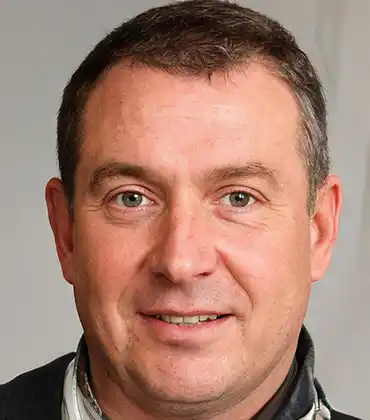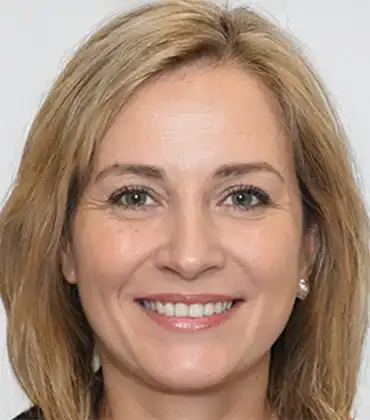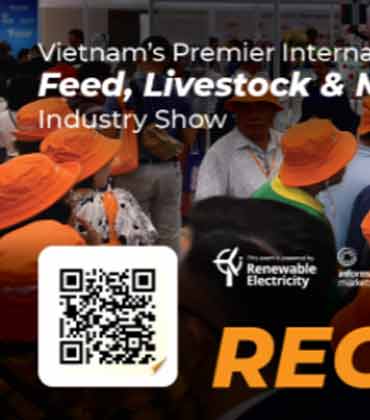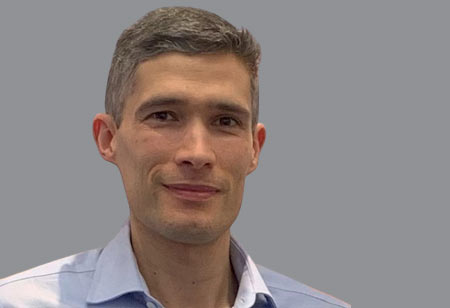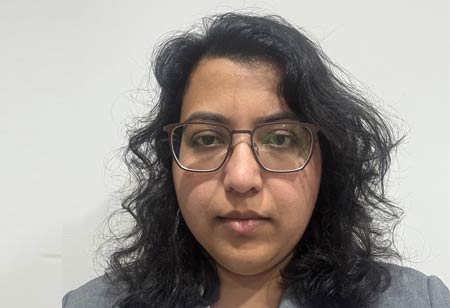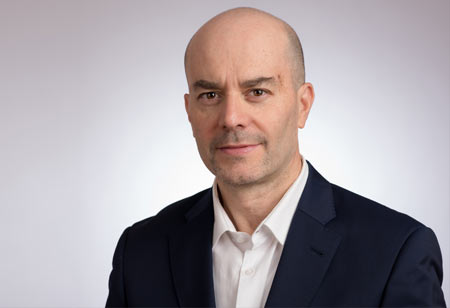THANK YOU FOR SUBSCRIBING
By Ryan Davis, Manager, Automation Technology, General Mills
Automation in the Food and Beverage Sector
By Rachel Goldstein, North America Policy Director, Mars
Policy is a Key Solution to Stopping Packaging Waste
By Juliette Franklin, Director of Sustainability, Cal-Maine Foods
How Technology Can Impact Waste Management

How Kraft Heinz Embeds Waste Management in a Circular Economy
Sabine Hiller, Head of Environment & Sustainability – International, The Kraft Heinz Company

 Sabine Hiller, Head of Environment & Sustainability – International, The Kraft Heinz Company
Sabine Hiller, Head of Environment & Sustainability – International, The Kraft Heinz CompanyAt Kraft Heinz, we think about waste holistically. To source, produce and package food and beverage products requires several inputs and outputs related to ingredients and byproducts, material flows and end-of-life package considerations. When we think about materials and food-related flows, detailed waste evaluations help us identify where we can ‘reduce, repurpose and recycle.’ In fact, our global owned manufacturing sites divert more than 90 percent of our solid waste to recycling or byproducts usage.
In 2021, our manufacturing sites reduced their waste to landfill by20 percent and we continue to make good progress. At Kraft Heinz we consider our waste a valuable resource and we try to generate as little as possible of it and where we do, we optimize the destination for use in other industries. Our production processes are very efficient, and we often have to disappoint vendors, when they find out just how small our waste streams are. Also, financially you can see the impact; where the total management of by-products and waste today is generating money for us as a company, while it was costing us money in the past.
Zero waste
Over 2021,the number of zero waste sites across our International Zone increased significantly and other sites sent out less than one waste truck a month.
We work with our procurement team and our suppliers to optimize the packaging of our ingredients and cleaning aids. Ideally, the packaging are taken back and re-used by our supplier, like aluminum drums and plastic sheets. But where this is not possible, we work with our suppliers to use packaging materials that are mono-layer and that can be recycled in the proximity of our production sites.
Continuous improvement
Within our sites we use continuous improvement tools to optimize our ingredients and materials resulting in low losses and thus less waste. At our site in Alfaro in Spain, for example, a project was run to increase the amount of ingredient that we could extract from the packaging. This way the site could purchase less packs of the ingredient and therefore reduce the packaging waste, plus the weight of the residual in the pack.
"Within our sites we use continuous improvement tools to optimize our ingredients and materials resulting in low losses and thus less waste."
We pay special attention to food waste reduction, especially if the products are potentially still good for consumption. In 2020 amidst the global pandemic, we recognized our responsibility to respond during this time of need in the world in any way we could. We optimized our donation strategy and response times, and successfully increased our total food donations by incorporating additional accountabilities around updating product code date information to increase donatable life and by more frequently analyzing warehouse data to optimize product that could be diverted to donation.
Optimize destination
The waste we generate is for the main part organic, like the peels of the vegetables we use. These mainly go to animal feed where they replace other feeds that would require additional land use. Other organic waste is used for composting or biogas production.
Most of our packaging waste is recycled into new materials like packaging or cardboard. At our production site in Elst better separation of different qualities of plastics makes it possible to get a higher value destination in the market. At our sites in San Jose, Costa Rica, for example, our pouch waste which was sent to landfill historically is now being used to make wood plastic, a material used for garden furniture and pools. Where material recycling is not an option, we often find a solution in pyrolysis where the material is broken down into the original form for re-use into virgin materials or fuels.
The Future
I am personally excited about the bright future ahead for by-product and waste management. Increasing commodity prices make recycling techniques previously considered too expensive more economically viable. We see this with the steep increase invendors offering pyrolysis. In addition, the market is asking for easier to recycle packaging, which means we are introducing innovative new packaging materials. This year we launched a new infant pouch packaging in Italy and the UK that can be 100% recycled. This also eliminates the more difficult to recycle waste on site.
Within food waste, we now have a sharper eye on losses from our warehouses and this will potentially enable us to bring an even higher part of our packed products to those in need. Our challenge is with incineration, where this was once a good practice in the EU to prevent landfill, it now represents a loss of potentially valuable resources and this will come under increasing focus in the coming years.
We believe in using our size, scale, and agility to drive real and positive change inside and outside of Kraft Heinz – all to achieve our Company Vision “To sustainably grow by delighting more consumers globally.”
Read Also

